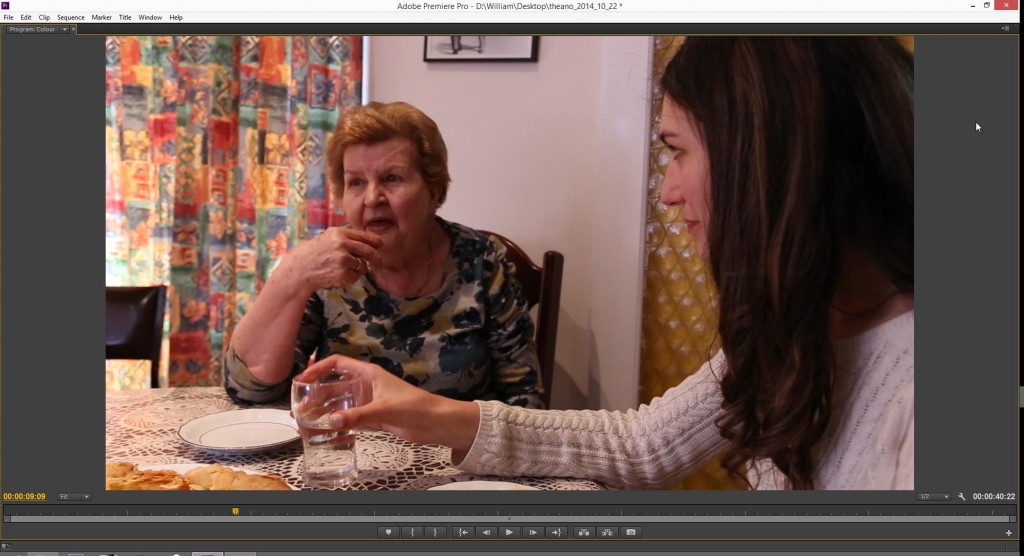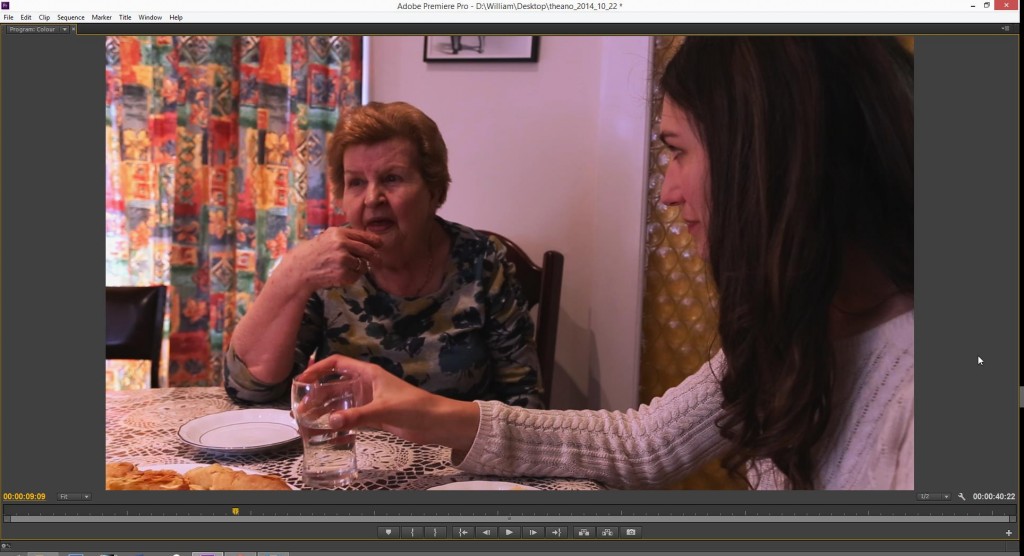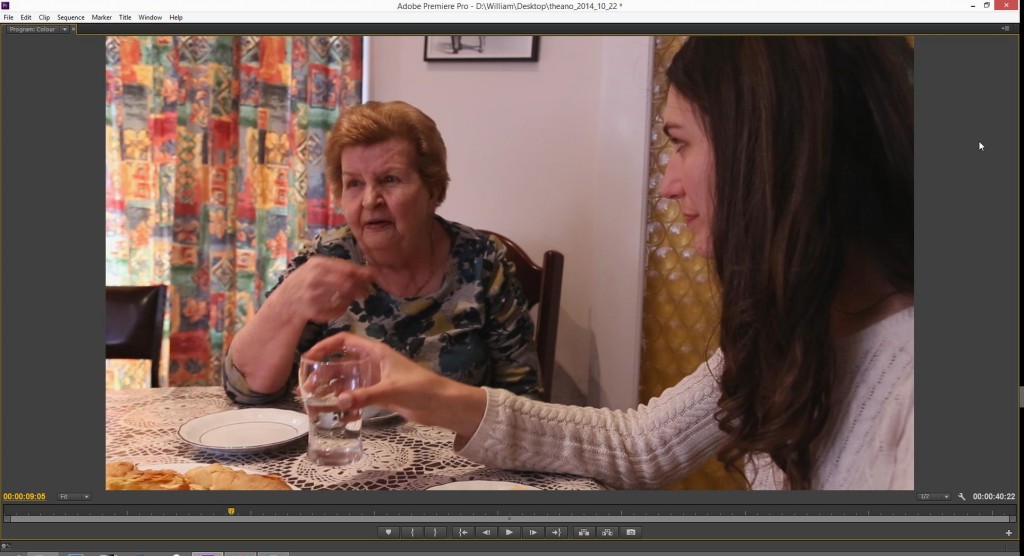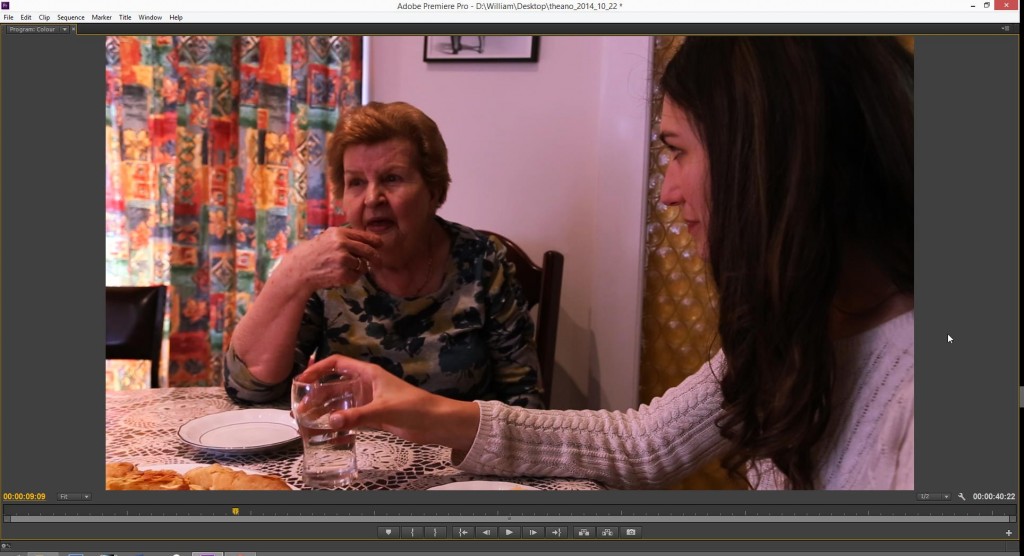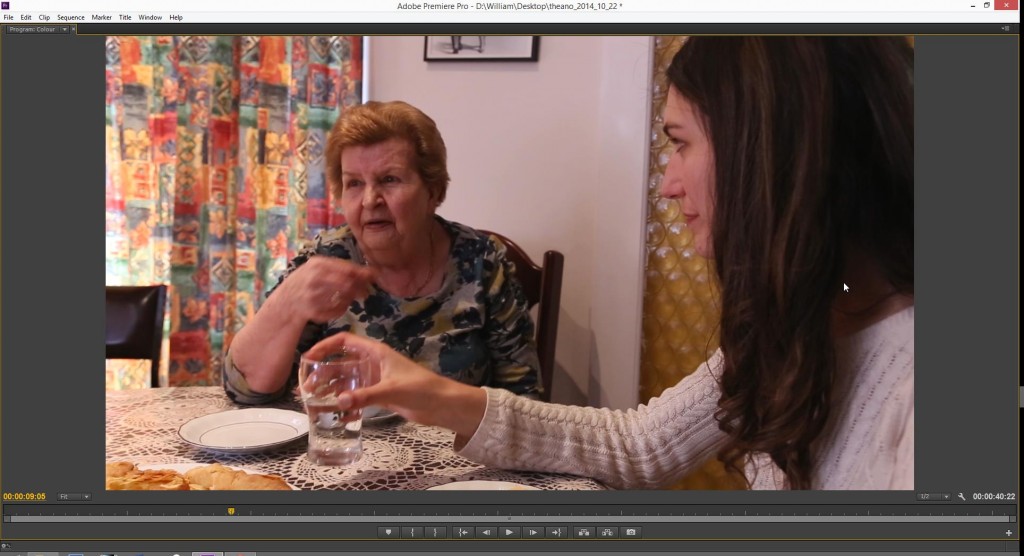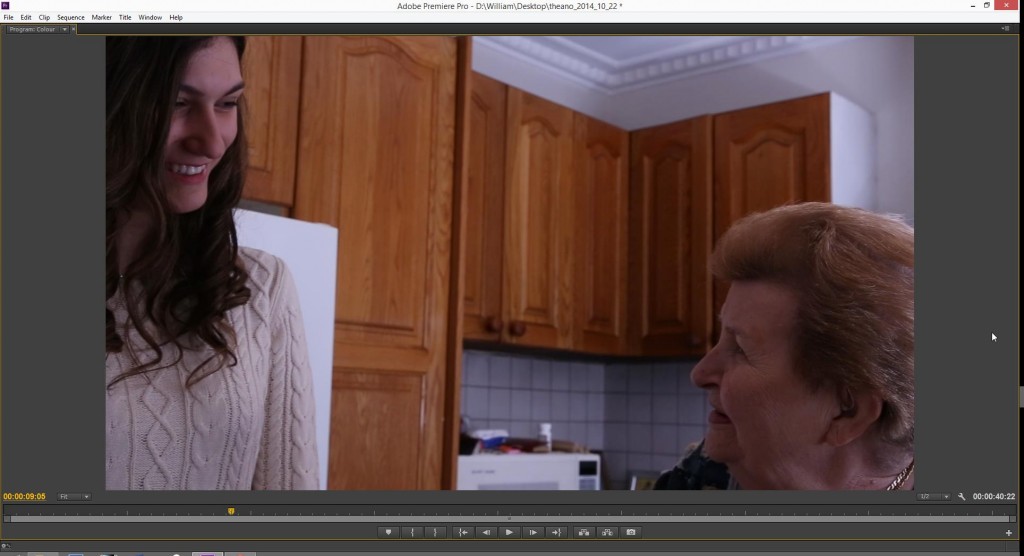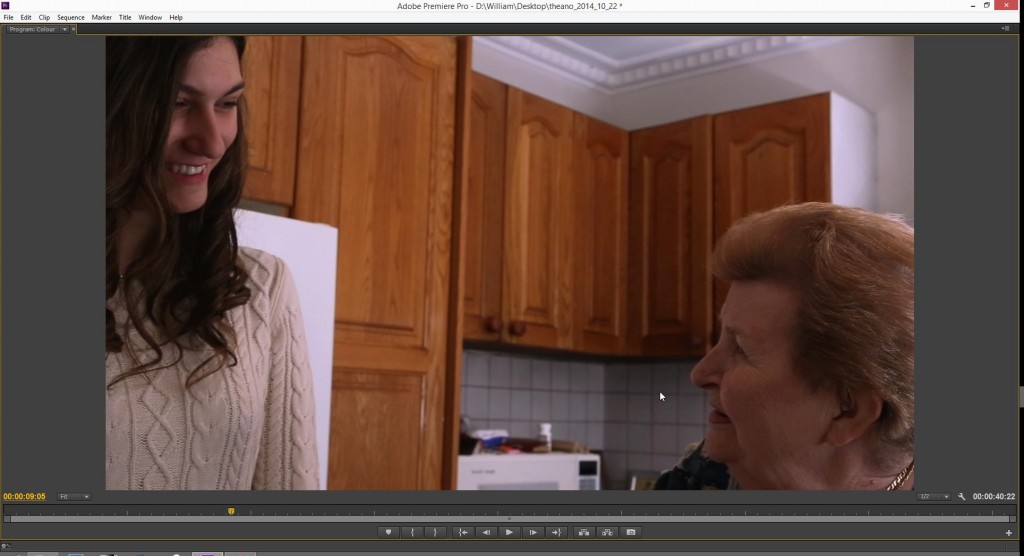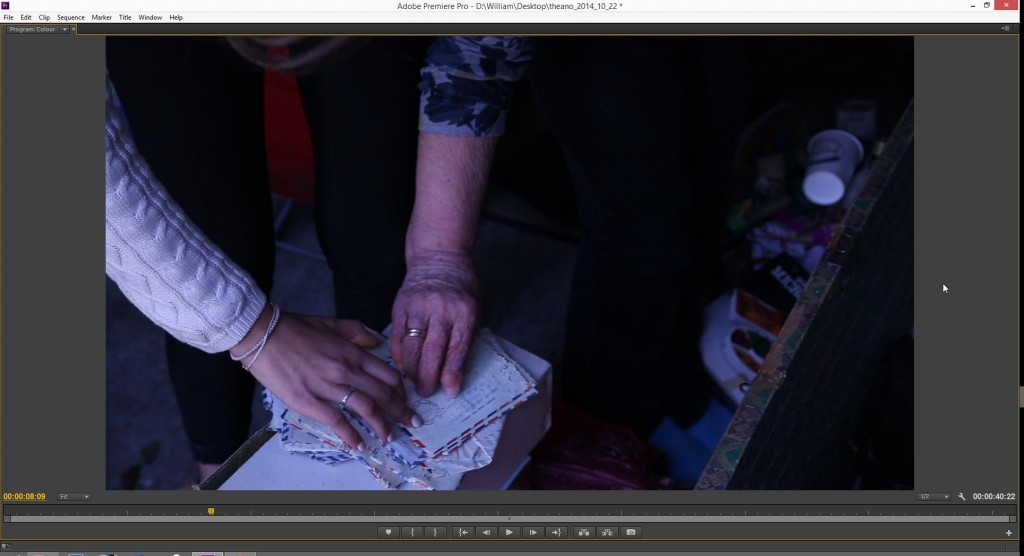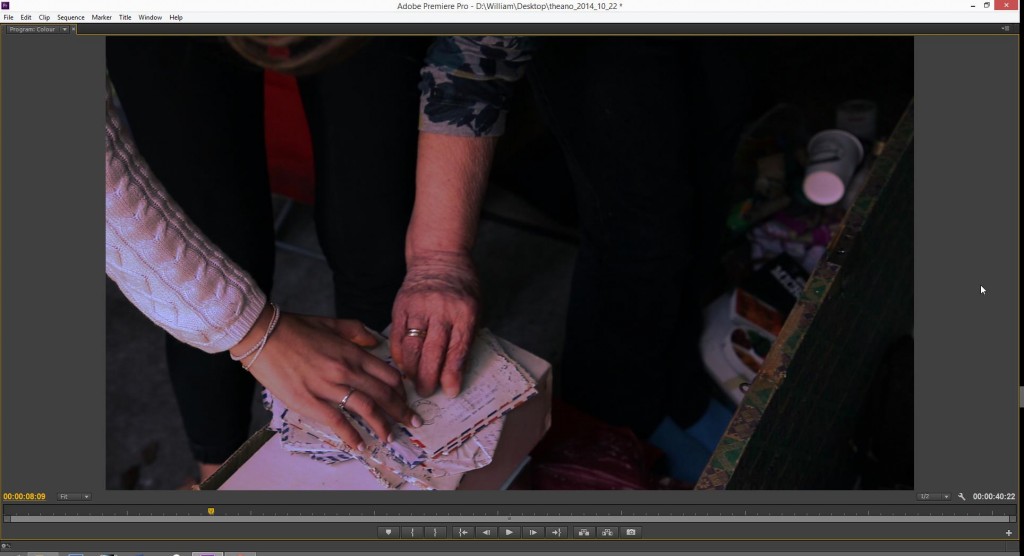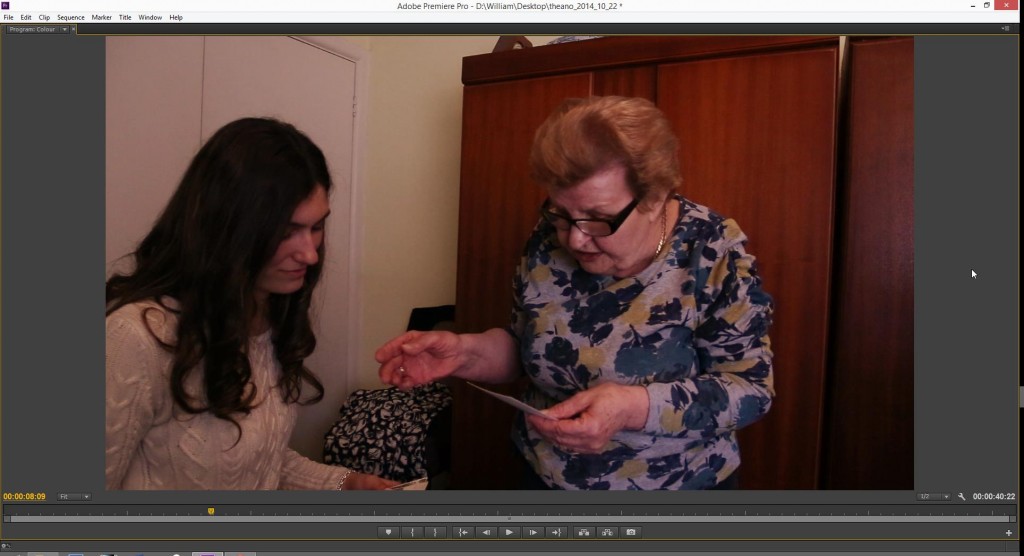I’m partly colourblind and I’m using that as an excuse for why I’m so bad at colour correction. So, enjoy!
There’re only about three or four different set-ups that made it into the final cut of the film.
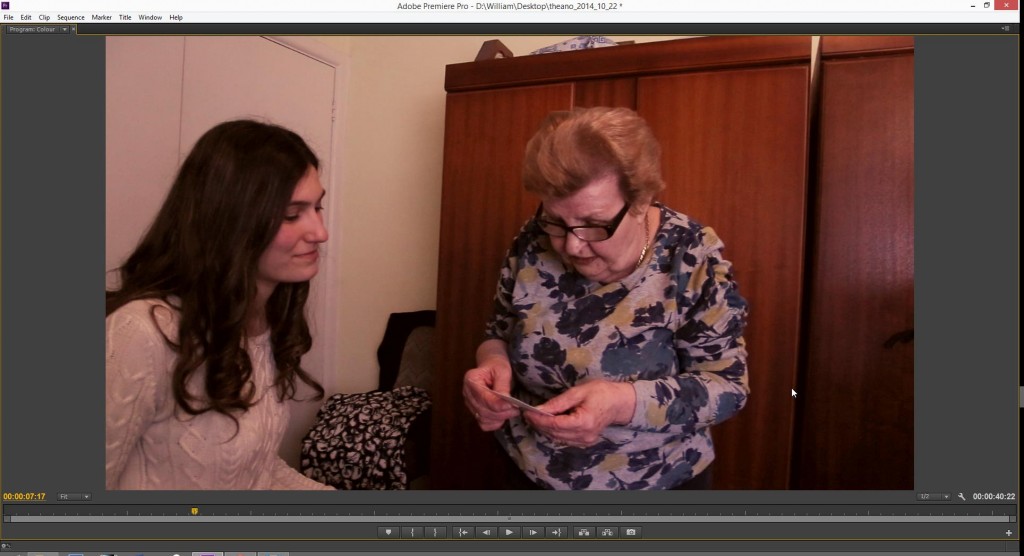
Tried to make it brighter but increase colour using Fast Colour Correction, with tweaking of RGB curves to compensate.
I get the process, but I’m not very good at doing it. I don’t know, I just kinda… forget what skin looks like. It’s a frustrating process and I get overwhelmed and I’m gonna go cry (not really?).
Though I’m very happy with how Scene 3 came out, since I was pretty sure I wasn’t gonna be able to get rid of that blue tint. But it went away quite easily. So… that’s a win.
Honestly colour correction is not my biggest weakness, but I don’t really enjoy the process of making everything look right. My favourite effect to use is clearly RGB curves, I just feel like there’s a hell of a lot more control over the colours over the highlight-midtone-shadow spectrum, and it’s also all in one interface and for some reason so much more easy to grasp. The three-way colour corrector is what I learnt on originally, I can still use it, I’ve just grown accustomed to curves instead, even though you can specify what equates to a highlight or a shadow or whatever, so really there’s nearly the same amount of freedom with that. Not so much, actually, since you can have about pretty much as many different points on the curve as you want. And curves is so much better and retaining amounts of colour in other sections of the frame while removing the shades you want to remove in the parts you want to remove them in. No masks needed, which is uber-amazing because I hate masks.
I need to really practice doing it properly, but at the same time the 6D doesn’t really pick up on colour very well. I’ve colour corrected a black magic before and that was so beautiful to play with, there was so much vibrancy stored in data beneath an initially greyed out image and it felt really cool to bring that out.
Now I want a black magic camera. Oh, well. When I have lots of money I’ll get one.
Sigh.

